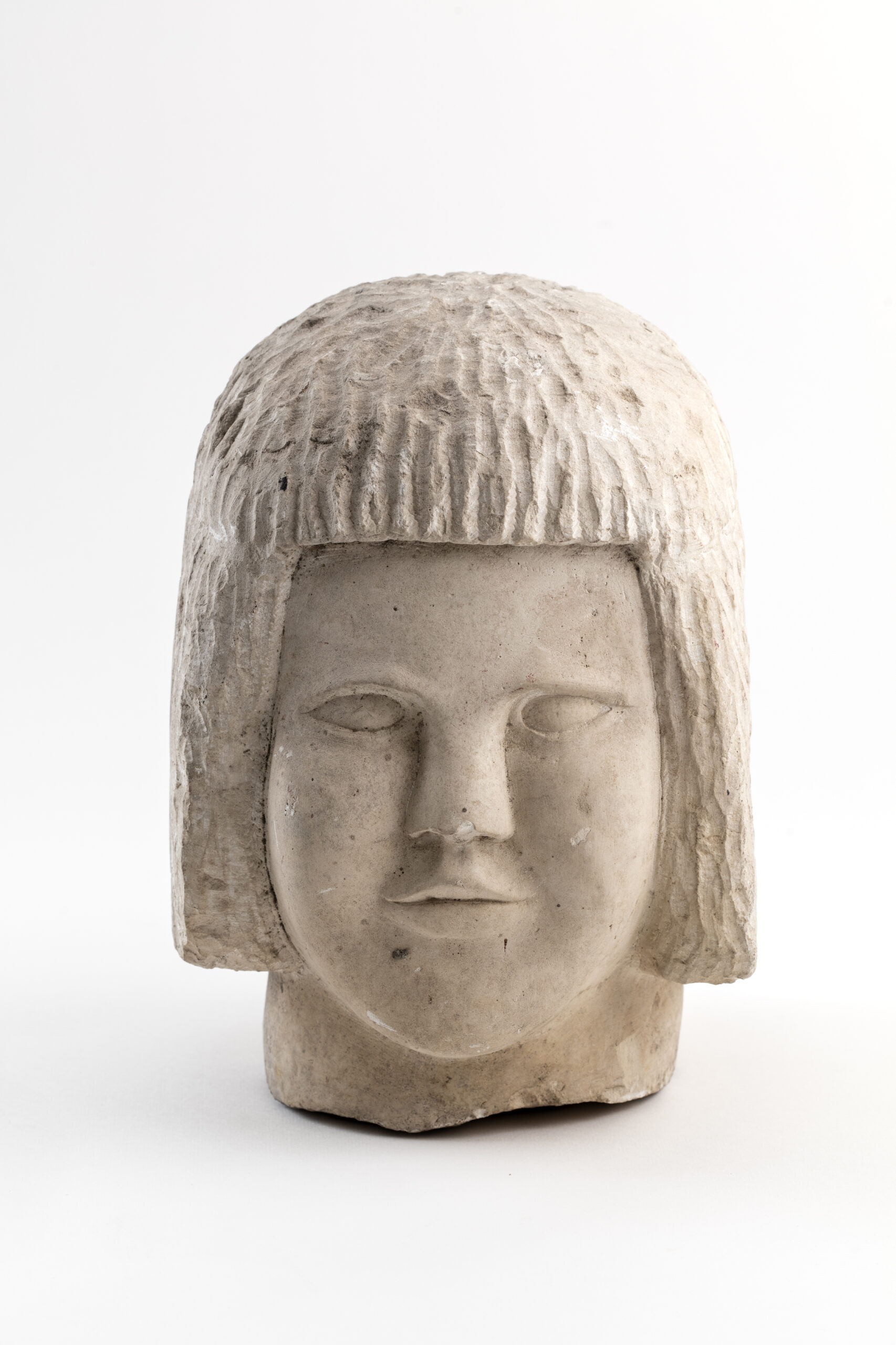André Joseph Géraud Abbal, born on November 16, 1876, in Montech, Tarn-et-Garonne, was a French sculptor. The son and grandson of stone cutters, he was immersed in a world of carving and forms from a young age.
His artistic journey began at the École des beaux-arts in Toulouse before he joined the prestigious Parisian workshops of Alexandre Falguière and Antonin Mercié. It was here that he forged his identity as an artist, cultivating a unique style characterized by a demanding and physical direct carving technique. Like the great masters who came before him, Abbal became a craftsman of monumental and expressive sculptures.
Married and settled in Carbonne, he divided his life between the tranquility of Carbonne and the vibrancy of Paris. From his studio, he brought to life works that made a significant impact on the artistic landscape of his time. Through various official commissions, he created war memorials, notably in Moissac and Toulouse. These works, such as the Monument aux morts of Lafrançaise, reveal both his social commitment and his technical mastery.
Through his sculptures, Abbal explored the rural life around him, capturing the traditions and trades of a changing world. Pieces like “La Moissonneuse” and “Enfants à la boule de neige” testify to his deep connection with nature and family life. A great reader of Buffon, he also drew inspiration from the local fauna, tenderly and precisely sculpting owls and other creatures from his environment.
His talent earned him recognition and awards: he received the Prix Chenavard in 1900 and 1907, and in 1933, he was made a Knight of the Legion of Honor in recognition of his significant contributions. Abbal did not limit himself to sculpture; he also excelled in drawing and studies of nature, making him a well-rounded artist.
The artist passed away on June 20, 1953, in Carbonne. In 1972, his memory was honored with the establishment of the André-Abbal Museum in Carbonne, where his former studio became a showcase for his creations. The surrounding garden, where he rests in peace, has become a place for walking and contemplation. His legacy, both personal and collective, remains alive within the walls of Carbonne and beyond, in the artistic history of 20th-century France.

Sign up to the newsletter and stay informed about our latest acquisitions and exhibitions:
© Galerie Rousset 2023